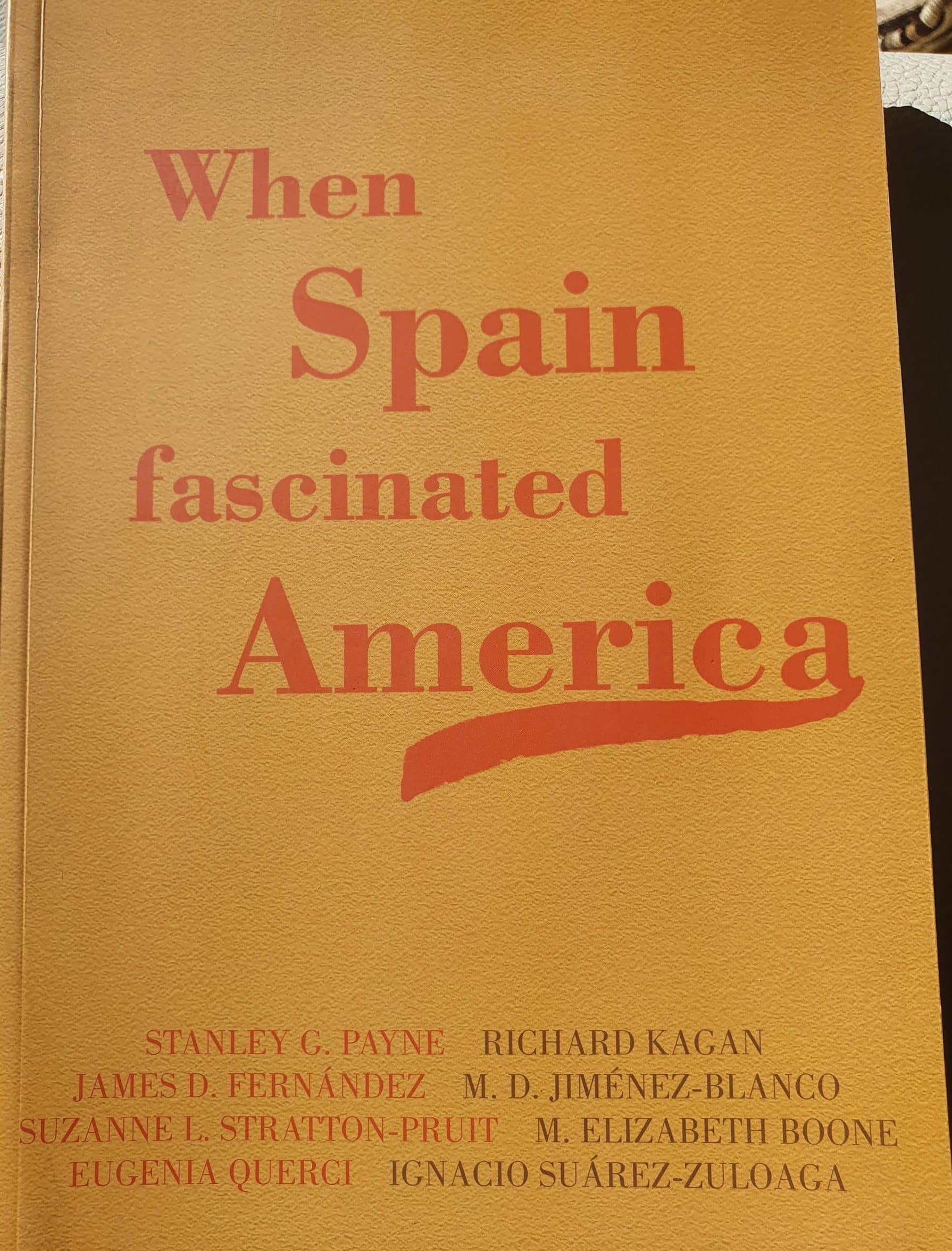
WHEN SPAIN FASCINATED AMERICA (ENGLISH)
After the humiliating defeat of Spain against the United States of America in 1898, the European nation surrender the sovereignty to the United States of a set of territories in the Caribbean Sea and the Pacific Ocean, by this means the American giant acquired an overseas empire formed by Puerto Rico, the Philippines, Guam and a few other islands, as well as a de facto protectorate over Cuba. This caused a very serious crisis of self-esteem in Spain, prompting a reaction from a group of writers who would be called La Generación del 98 (the best known were Miguel de Unamuno, Azorin, Pio Baroja, Ramiro de Maeztu and Ramón del Valle-Inclán ). Those writers would find in Ignacio Zuloaga’s paintings the inspiration for their traditionalist image of eternal Spain that did not surrender to the advances of industry or foreign cultures. The process of reconciliation between the United States and Spain in the following years was through culture; a set of actions where the aforementioned Ignacio Zuloaga had a relevant role.
The introduction to the book When Spain Fascinated America is made by its editor: Ignacio Suárez-Zuloaga. It highlights the role of the North American elites, especially women, in provoking the attention of the great North American public towards the old Spanish enemy. Also the effect that the Zuloaga – Sorolla rivalry played in capturing that attention.
The first essay for When Spain Fascinated America is by University of Wisconsin professor Stanley G. Payne. His title is The Reencounter between the United States and Spain after 1898. In it he reviews the bilateral relations between the United States and Spain after the peace treaty, as well as the reaction of the Hispanic countries after the defeat and the emergence of a Hispanic literary movement as a reaction of solidarity with Spain before the new hegemonic power on the continent. Likewise, it presents the vision that North Americans have of Spain in that period.
Johns Hopkins University professor Richard Kagan writes The Spanish Craze: The discovery of Spanish Art and Culture in the United States. One of his contributions is the great influence of Spanish architecture, especially visible in the replicas and adaptations of the building Giralda of Seville that were built in the United States during that period. Other samples of interest in Spanish culture are flamenco, costumes and the importation of art, antiques and even of entire Spanish buildings.
New York University professor James D. Fernández writes Poets, Peasants, Painters and Performers in New York. In this text, Federico García Lorca’s long-term visit to the city of skyscrapers allows us to review the Spanish people living in the city who dealt with him.Complutense University professor María Dolores Jiménez Blanco signs the essay Spanish Art in American Collections. The painters of the Spanish ‘golden century’ most collected by North American millionaires, as well as contemporary artists (Zuloaga and Sorolla) are explained. It makes an introduction to the work of the great Hispanist Archer Huntington, accompanied by others such as Frick, Havemeyer and Eakins. The second part of When Spain Fascinated America begins with the text A Spanish Saga of International Artists, by the editor of the book: Ignacio Suárez-Zuloaga. In addition to making an introduction to the work of promoting Spain in the United States by the painter Ignacio, the international projection of his grandfather Eusebio and his father Placido is also discussed.
The Italian researcher Eugenia Querci, an expert in the influence of European art from that historical period, develops how Ignacio Zuloaga introduces to the great North American public not only his personal style, but also the influences that he acquires in Paris. It also explains the relevant role of Ignacio Zuloaga’s North American patron, especially two of them: Rita de Acosta Lydig and Alice Garrett. The seventh text of When Spain Fascinated America is Ignacio Zuloaga in America 1909 – 1925, by the researcher Suzanne Stratton – Pruit. It is an account of the various exhibitions of the painter in the United States, as well as his famous American Tour in 1925.Canadian professor M. Elizabeth Boone signs the text Choosing Zuloaga: American Painters, Spanish Teachers. It explains that, while a majority of North American artists traveled to Spain to receive lessons from Joaquín Sorolla, there were other artists who insisted on working near Zuloaga (who did not admit students); This is how she explains the fascinating adventure in Spain of the intrepid Dorothy Rice, later accompanied by her husband the future painter Waldo Peirce.

